Researchers experimentally demonstrated counterflow superfluidity, a quantum state where atoms flow in opposite directions simultaneously.
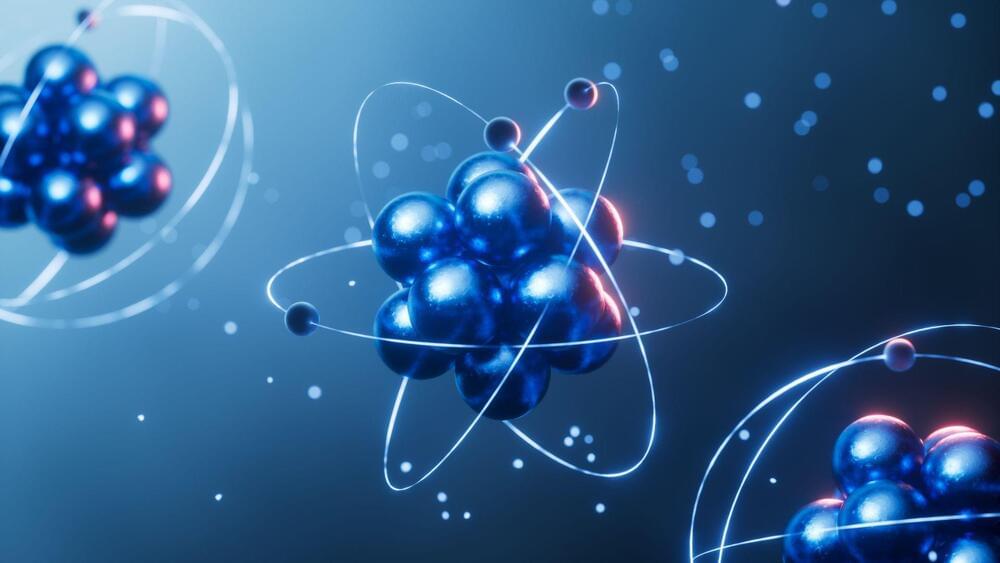


Theoretical physicists predict the existence of exotic “paraparticles” that defy classification and could have quantum computing applications.
By Davide Castelvecchi & Nature magazine
Theoretical physicists have proposed the existence of a new type of particle that doesn’t fit into the conventional classifications of fermions and bosons. Their ‘paraparticle’, described in Nature on January 8, is not the first to be suggested, but the detailed mathematical model characterizing it could lead to experiments in which it is created using a quantum computer. The research also suggests that undiscovered elementary paraparticles might exist in nature.
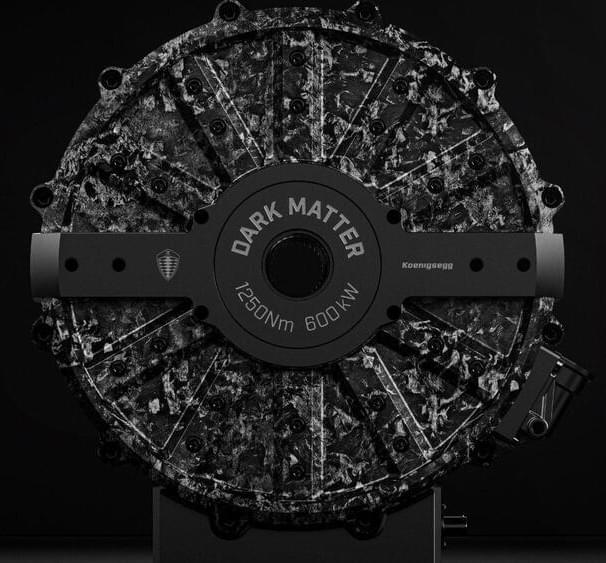
Meet the Dark Matter, the groundbreaking electric motor powering Koenigsegg’s new Gemera hypercar. Officially known as the Dark Matter Raxial Flux 6-phase E-motor, this revolutionary piece of technology debuted at the 2023 Goodwood Festival of Speed. Boasting an impressive 800 horsepower and 922 lb-ft of torque, while weighing just 40kg, the Dark Matter is hailed as the world’s most powerful automotive-grade electric motor. With its unique six-phase technology, it marks a major leap forward in electric vehicle engineering, surpassing the three-phase motors commonly used in most electric vehicles today.
The Dark Matter electric motor is considered the world’s most powerful automotive-grade motor, using a unique six-phase technology. This motor is a significant improvement over the three-phase motors commonly used in most electric vehicles today. The Dark Matter replaces the previous motor used in the Gemera, called the Quark.
Both the Quark and the Dark Matter are “raxial flux” motors, which combine features of two common types of electric motors: radial flux and axial flux. Radial flux motors offer more power but less torque, while axial flux motors are known for providing high torque but with less power. The key difference between these two designs is how the magnetic field travels through the motor. In a radial flux motor, the magnetic field path is longer, creating more power. In an axial flux motor, the magnetic field follows a shorter, more direct path, giving the motor more torque.
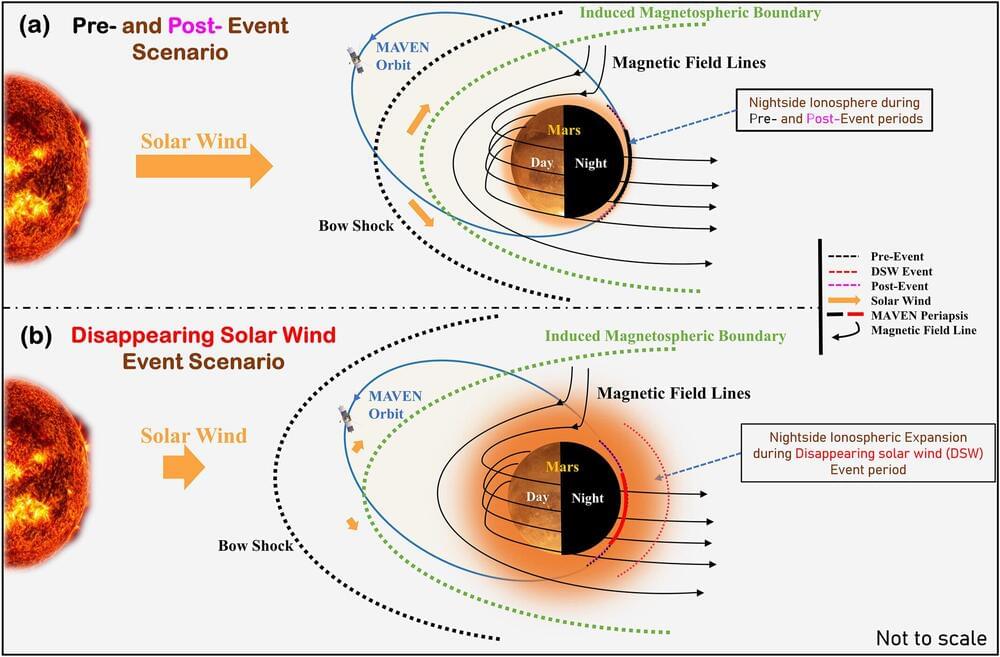
Mars’s atmosphere and climate are impacted by interactions with solar wind, a stream of plasma comprised of protons and electrons that flows from the sun’s outermost atmosphere (corona), traveling at speeds of 400–1,000 kilometers per second.
As these charged particles interact with the planet’s magnetic field and atmosphere, we may see spectacular auroras over polar regions on Earth. Given Mars’s lack of a global magnetic field, auroras here are instead diffused across the planet.
However, sometimes this solar wind can “disappear” in rare events when there is a gap in the solar wind path as the sun increases its solar activity. This occurs when a faster portion of solar wind overtakes a slower one in a corotating interaction region and incorporates it, leaving a lower-density void in the solar wind path.
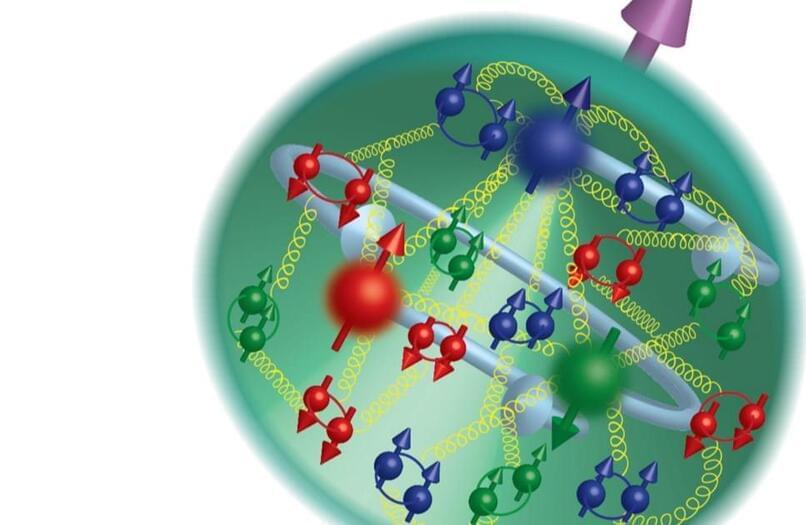

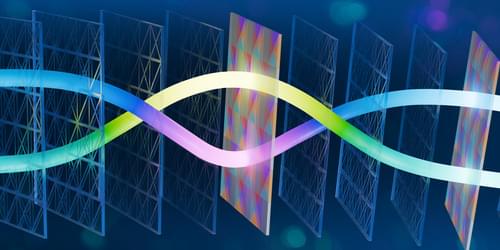
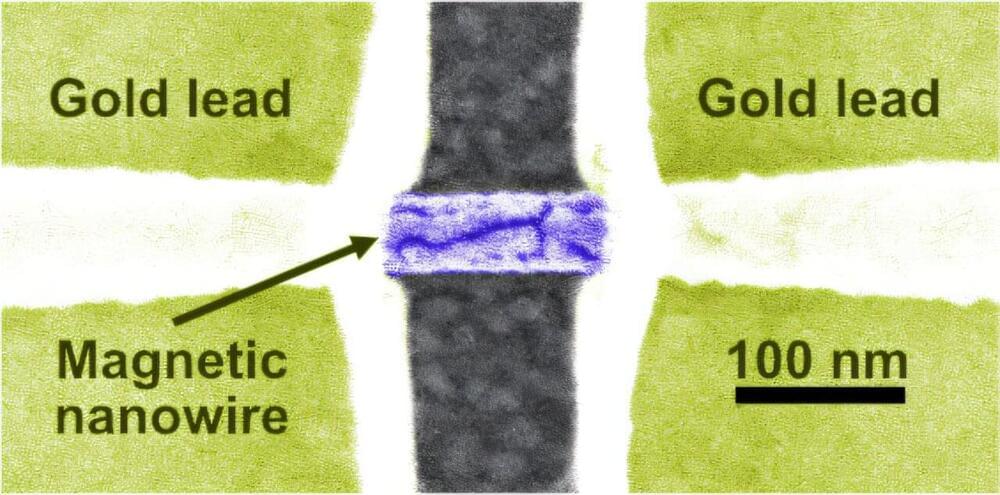
Our data-driven world demands more—more capacity, more efficiency, more computing power. To meet society’s insatiable need for electronic speed, physicists have been pushing the burgeoning field of spintronics.
Traditional electronics use the charge of electrons to encode, store and transmit information. Spintronic devices utilize both the charge and spin-orientation of electrons. By assigning a value to electron spin (up=0 and down=1), spintronic devices offer ultra-fast, energy-efficient platforms.
To develop viable spintronics, physicists must understand the quantum properties within materials. One property, known as spin-torque, is crucial for the electrical manipulation of magnetization that’s required for the next generation of storage and processing technologies.
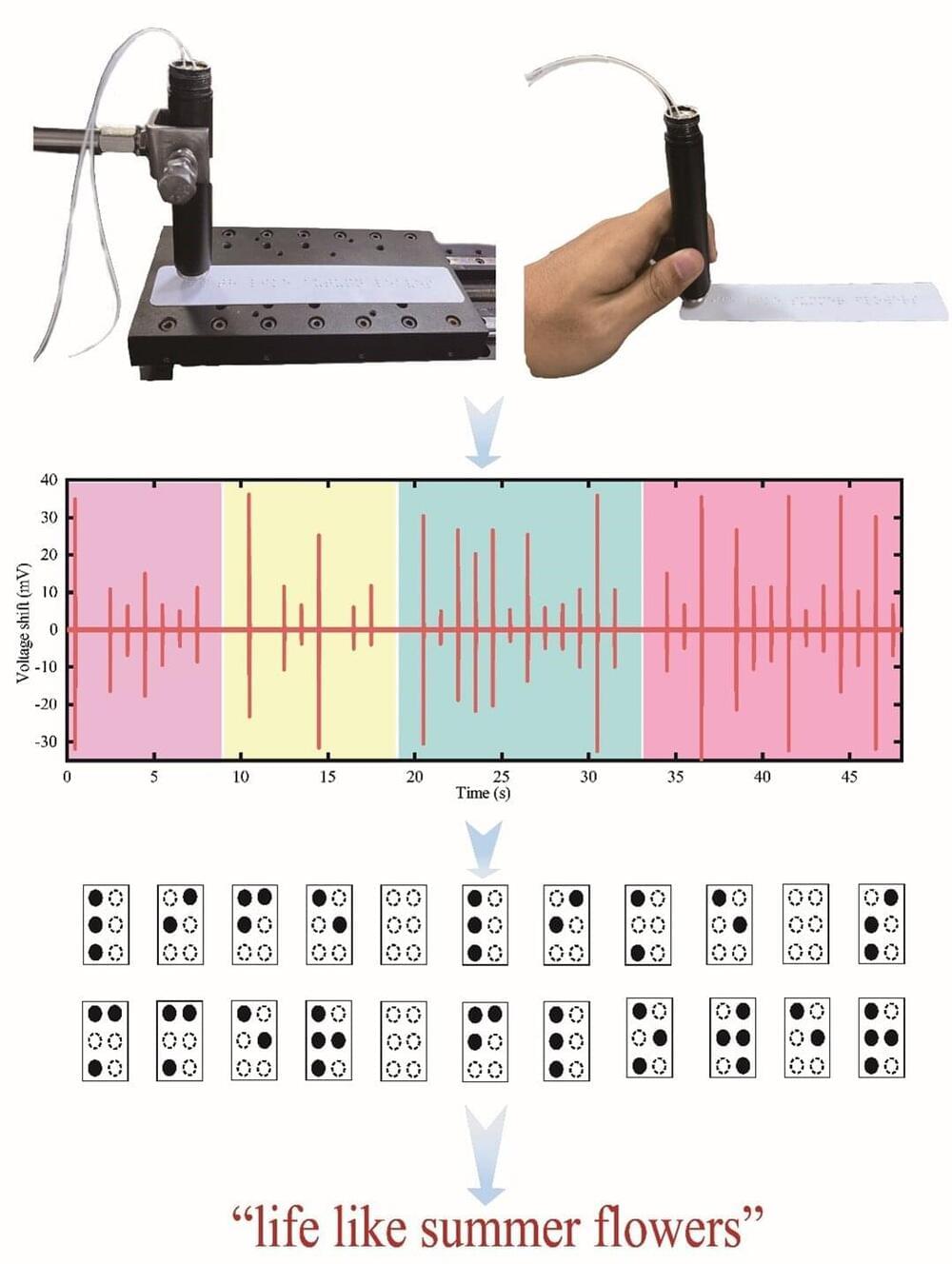
An international team of chemists has successfully created methylenedistibiranes, which are three-membered rings that have two antimony atoms and one carbon atom. In their paper published in the Journal of the American Chemical Society, the group describes how they were able to make the rings using just a three-step process.
Methylenedistibiranes are generally used as intermediaries due to their ability to promote selective nucleophilic substitution, resulting in the creation of diantimonyl anions. Chemists have been wanting to be able to create them because it is difficult to use natural elements due to orbital overlap. The achievement by the team is noteworthy because making similar rings with heavier pnictogen elements like antimony and bismuth has proven to be challenging due to changes in orbital overlap trends and energies.
To create the three-membered rings, the research team first synthesized diazadistiboylidenes using [3+2]-cycloaddition between distibene and diazoolefins, which are five-membered rings that have dual antimony, nitrogen and carbon atoms. The resulting stiboylidene served as an intermediary to promote the substitution of a species with bonds formed during donation of electron pairs. The researchers note that it was a surprise to them that the reaction worked as well as it did, since there are few examples of small ring formation with more than one antimony atom.

Harnessing molecular connections: unlocking long-lasting quantum entanglement.
Quantum entanglement—the mysterious connection that links particles no matter the distance between them—is a cornerstone for developing advanced technologies like quantum computing and precision measurement tools. While significant strides have been made in controlling simpler particles such as atoms, extending this control to more complex systems like molecules has remained challenging due to their intricate structures and sensitivity to their surroundings.
In a groundbreaking study, researchers have achieved long-lived quantum entanglement between pairs of ultracold polar molecules using a highly controlled environment known as “magic-wavelength optical tweezers.” These tweezers manipulate molecules with extraordinary precision, stabilizing their complex internal states, such as vibrations and rotations, while enabling detectable, fine-scale interactions.
The team successfully created a “Bell state,” a hallmark of quantum entanglement, with pairs of molecules. While some minor errors reduced the initial fidelity of the entangled state, correcting for these issues revealed that the entanglement could persist for remarkably long times—measured in seconds. This is a significant achievement, as second-scale lifetimes are exceptional in the quantum realm.
This breakthrough has far-reaching implications. Long-lived molecular entanglement could enhance quantum sensing technologies, provide new avenues for exploring chemical reactions at ultracold temperatures, and expand the potential of molecules as quantum bits (qubits) in simulations and memory storage for quantum computing. By unlocking the ability to precisely control and entangle molecules, scientists are paving the way for novel applications across quantum science, leveraging the rich internal dynamics of molecular systems.
Researchers at Durham University have successfully demonstrated long-lasting quantum entanglement between molecules, opening new doors for future advancements in quantum computing, sensing, and fundamental physics. The paper is published in the journal Nature.